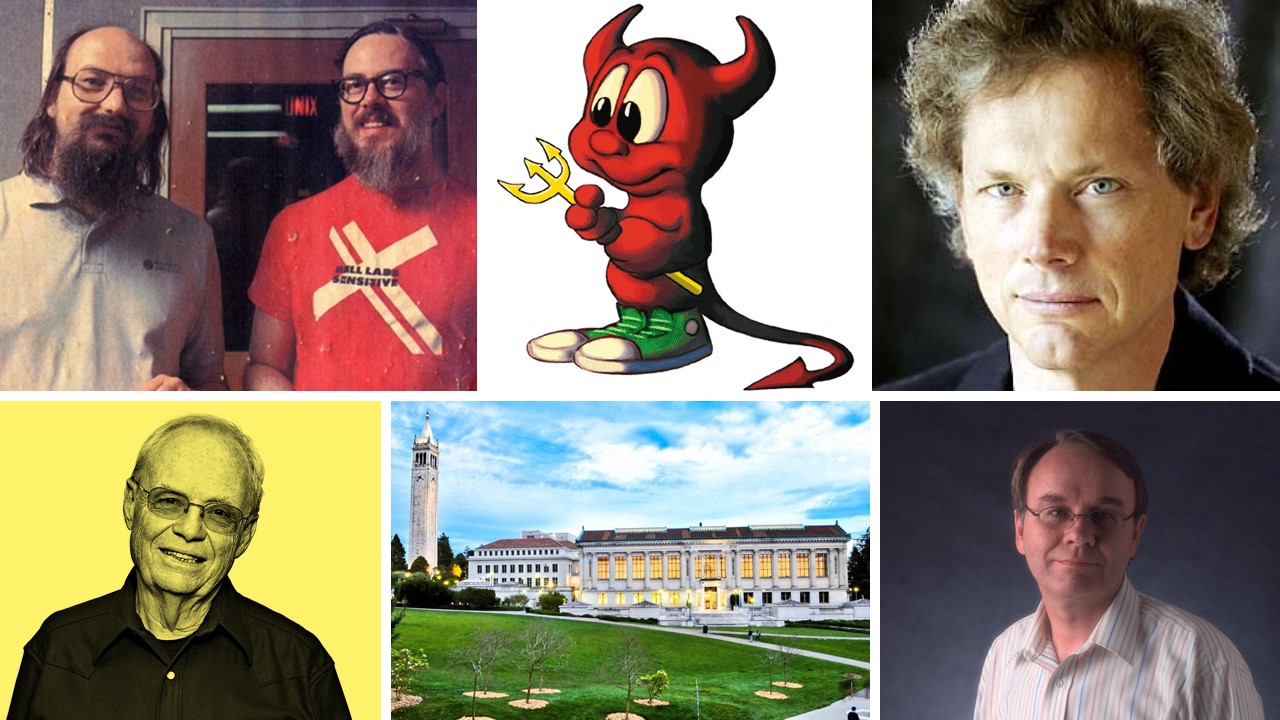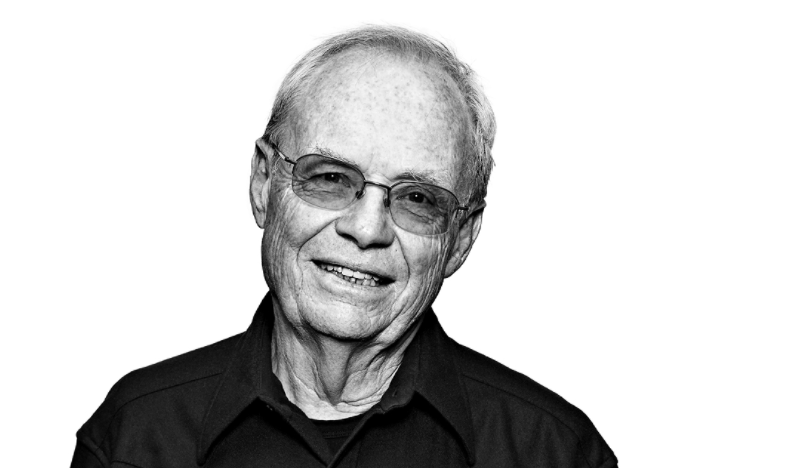
We have often talked about Linux and the open source world, Windows and proprietary software and operating systems in general.
But starting from the seed of Ken Thompson’s Unix, many operating systems have taken shape over time, and apart from the infinite Linux distributions that are proposed to us every day, there are other branches of the UNIX genealogy that are making the history of computing today, which is important to know.
A long time ago, in 1974 at the University of California, Berkeley, Professor Bob Fabry acquired from DARPA (the Defense Advanced Research Projects Agency of the United States of America), the source code of the UNIX operating system released in 1971, developed by Dennis Ritchie and Ken Tompson at AT&T’s Bell Labs.

Professor Bob Fabry
From that moment, a group of researchers was formed in Berkeley that took the name of Computer Systems Research Group that began to modify and improve the source code of UNIX, calling their version “Berkeley Unix” or “Berkeley Software Distribution”, therefore an acronym for BSD.
In 1975, Ken Thompson took a year sabbatical from Bell Labs and came to Berkeley where he began working on an implementation of the Pascal language.
Graduate students Chuck Haley and Bill Joy (note that name, because we will find him in the future as the founder of SUM Microsystem) improved on Thompson’s work and gradually other universities became interested in Berkeley’s software, and so in 1977 Joy began compiling the first version of the Berkeley Software Distribution which was released on March 9, 1978.

Bill Joy, the founder of SUN Microsystem
There were many improvements and additions, such as writing protocols for the Internet, TCP/IP and the famous Berkeley sockets and then virtual memory and the Berkeley Fast File System, but there were legal problems and problems with the diffusion of the software as the kernel was still that of UNIX and therefore the one produced by the AT&T laboratories, therefore the software could only circulate in a controlled way.
The first BSD was in fact an add-on to Version 6 of Unix rather than an operating system with its own kernel, although it was later made autonomous and from there on began legal problems with AT&T as much of the code was theirs and was not redistributable.
Between the two versions, NET-1 and NET-2, in 18 long months the AT&T code was completely rewritten with the exception of 6 files present in the kernel. In 1992 these files were rewritten in a new project managed by Bill Jolitz that adapted the operating system on the new Intel 80386 technology, in fact the new version was called 386BSD.
But since Jolitz neglected the project, some people started to maintain the patches independently and released the operating system with the name FreeBSD, a term coined by David Greenman because all the source code of the system had finally become free.
The first version of FreeBSD was released in November 1993. Today, FreeBSD is used by many IT companies such as IBM, Nokia, Juniper Networks to create their products, just to name a few. Some parts of Mac OSX, Apple’s operating system are based on FreeBSD.
But the operating system has also been used in some of its parts on the PlayStation 3, while the PlayStation 4 operating system is derived from FreeBSD 9 as is the Nintendo Switch. But also Netflix, WhatsApp, are other examples of large, successful, network-oriented companies that use FreeBSD today.

The two founders of WhatsApp Brian Acton and Jan Kuom
The WhatsApp servers, for example, which sort billions of messages a day are based on FreeBSD and the Erlang programming language. Acton said and Kuom (the co-founders of Whatsapp), who chose FreeBSD because they had worked a lot on it when they were employees of Yahoo.
In conclusion, today we have many operating systems and open source Linux distributions to use. But starting from UNIX of Bell Labs, Ken Thompson’s Unix, many free software have taken shape, and one of these is FreeBSD.
Follow us on Google News to receive daily updates on cybersecurity. Contact us if you would like to report news, insights or content for publication.
